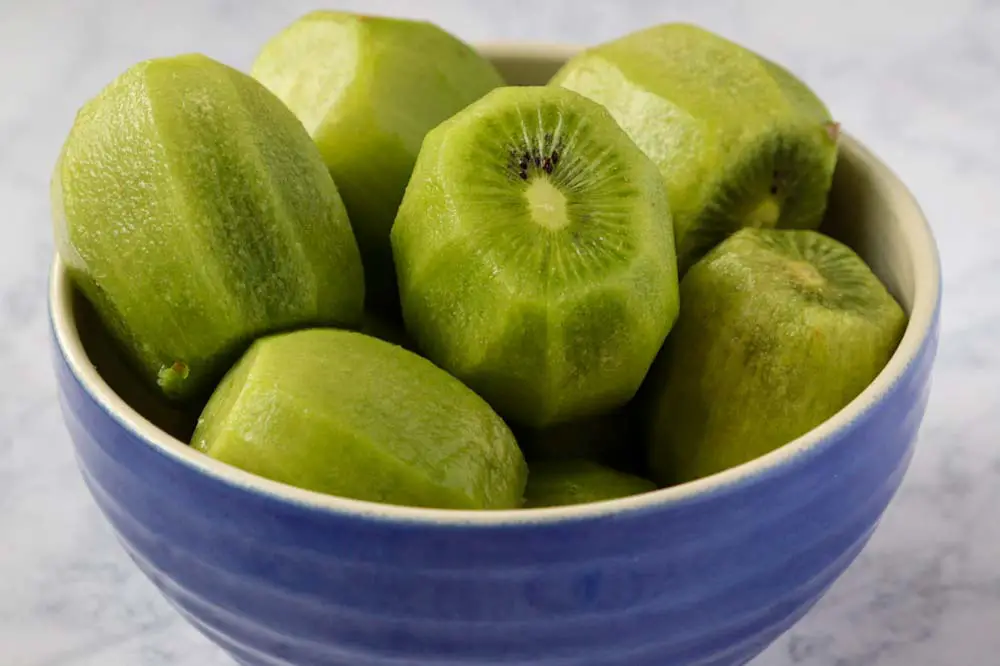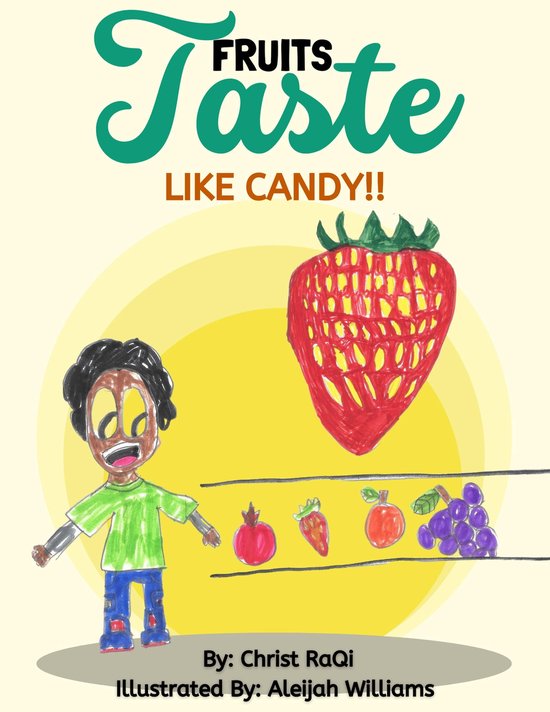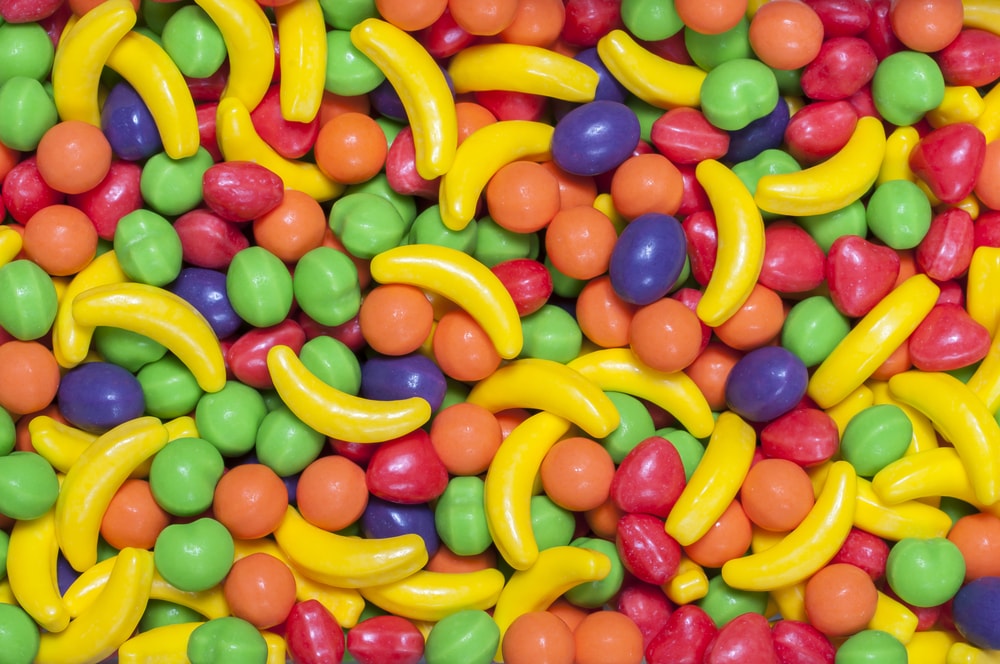Taste Like Candy Sweet Like Fruit

A new variety of produce is making waves in local markets, boasting a flavor profile that blurs the lines between confectionery and agriculture. Dubbed "Candy Fruits" by some vendors, these selectively bred fruits promise a sweetness intensity rivaling that of popular candies, while retaining the nutritional benefits of whole fruit.
This development raises questions about the future of food production, consumer preferences, and the potential implications for public health. Will this new wave of "sweetened naturally" produce encourage healthier eating habits, or will it simply fuel existing sugar cravings?
The Rise of the "Candy Fruit"
The trend towards intensely sweet fruits isn't entirely new. Over the past decade, breeders have been experimenting with cross-pollination and genetic selection to enhance the natural sweetness of various fruits.
However, this latest iteration takes the concept to a new level, reportedly achieving Brix levels (a measure of sugar content) significantly higher than traditional fruit varieties. The International Fruit Breeding Consortium (IFBC), a leading organization in agricultural research, has been closely monitoring these developments.
According to Dr. Anya Sharma, a senior researcher at the IFBC, "Selective breeding for enhanced sweetness has been a long-term goal. The current success is a result of combining traditional techniques with modern genomic tools."
Key Characteristics and Varieties
While the exact varieties being marketed as "Candy Fruits" vary by region, common examples include exceptionally sweet grapes, strawberries, and even certain types of melons. These fruits are characterized by their vibrant colors, firm texture, and, of course, their intense sweetness.
Some farmers are even experimenting with grafting techniques to further enhance the sweetness and unique flavor profiles. For example, certain grape varieties are being grafted onto rootstocks known for their sugar-producing capabilities.
The resulting grapes exhibit a complex, candy-like sweetness, often described as resembling cotton candy or gummy bears.
"The appeal is undeniable,"says Maria Rodriguez, a local farmer who grows several varieties of "Candy Fruits."
"Kids who wouldn't touch regular fruit are now asking for seconds. It's a game-changer."
Potential Benefits and Concerns
The emergence of "Candy Fruits" presents both potential benefits and concerns for consumers and the agricultural industry. On the one hand, these fruits could encourage increased fruit consumption, particularly among children and individuals with a sweet tooth.
This could contribute to improved overall health and nutrition. A recent study published in the Journal of Nutritional Science suggests that individuals who consume more fruit have a lower risk of developing chronic diseases.
On the other hand, concerns have been raised about the potential for overconsumption and the long-term effects of consuming fruits with such high sugar content. Some experts worry that these "Candy Fruits" could contribute to increased sugar cravings and potentially exacerbate issues like obesity and type 2 diabetes.
Dr. David Lee, a public health expert, cautions, "While these fruits are undoubtedly natural, it's crucial to remember that excessive sugar intake, regardless of the source, can have detrimental effects on health."
Impact on the Agricultural Industry
The growing popularity of "Candy Fruits" is also having a significant impact on the agricultural industry. Farmers are increasingly investing in the cultivation of these high-value crops, hoping to capitalize on the growing demand.
This shift in focus could potentially lead to a reduction in the production of traditional fruit varieties. Some smaller farms may struggle to compete with larger agricultural operations that have the resources to invest in the necessary breeding and cultivation technologies.
The Department of Agriculture (USDA) is currently evaluating the long-term implications of this trend. "We are committed to supporting sustainable agricultural practices and ensuring that farmers have access to the resources they need to thrive," stated a USDA spokesperson.
Looking Ahead
The future of "Candy Fruits" remains uncertain. Whether they will become a staple in the produce aisle or a fleeting trend will depend on a variety of factors, including consumer demand, agricultural practices, and public health considerations.
It's crucial for consumers to be informed about the nutritional content of these fruits and to consume them in moderation as part of a balanced diet. For those interested in trying these intensely flavored varieties, it's available in most grocery stores in the produce section.
Ongoing research and open dialogue are essential to ensure that this new wave of produce benefits both consumers and the agricultural industry in a sustainable and healthy way. The debate surrounding "Candy Fruits" highlights the complex relationship between food production, consumer preferences, and public health.


















